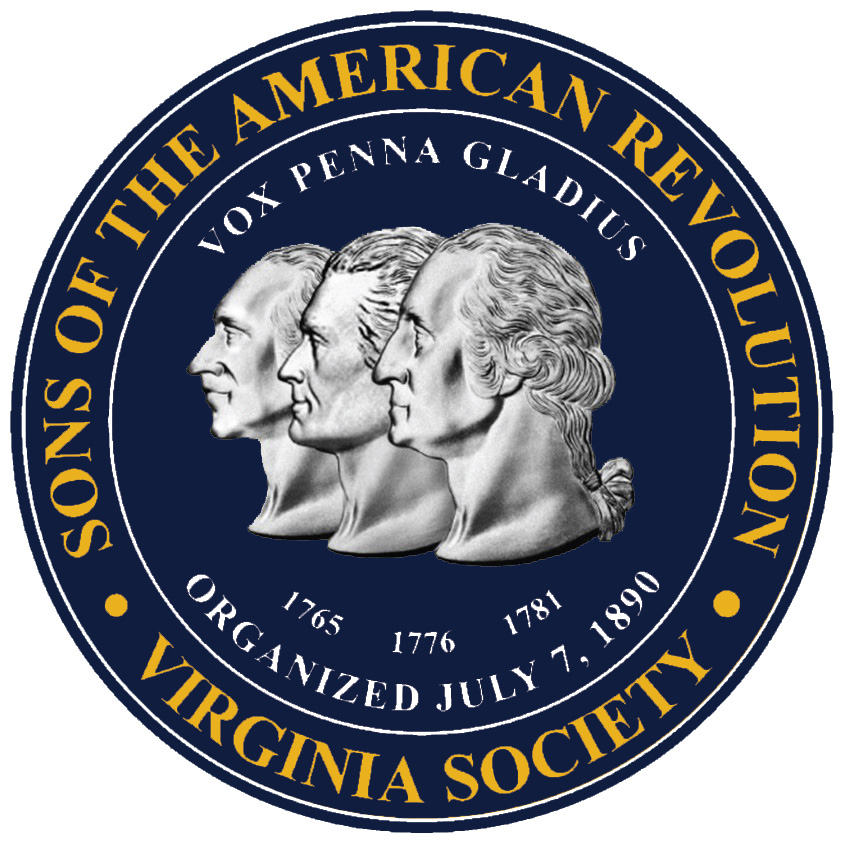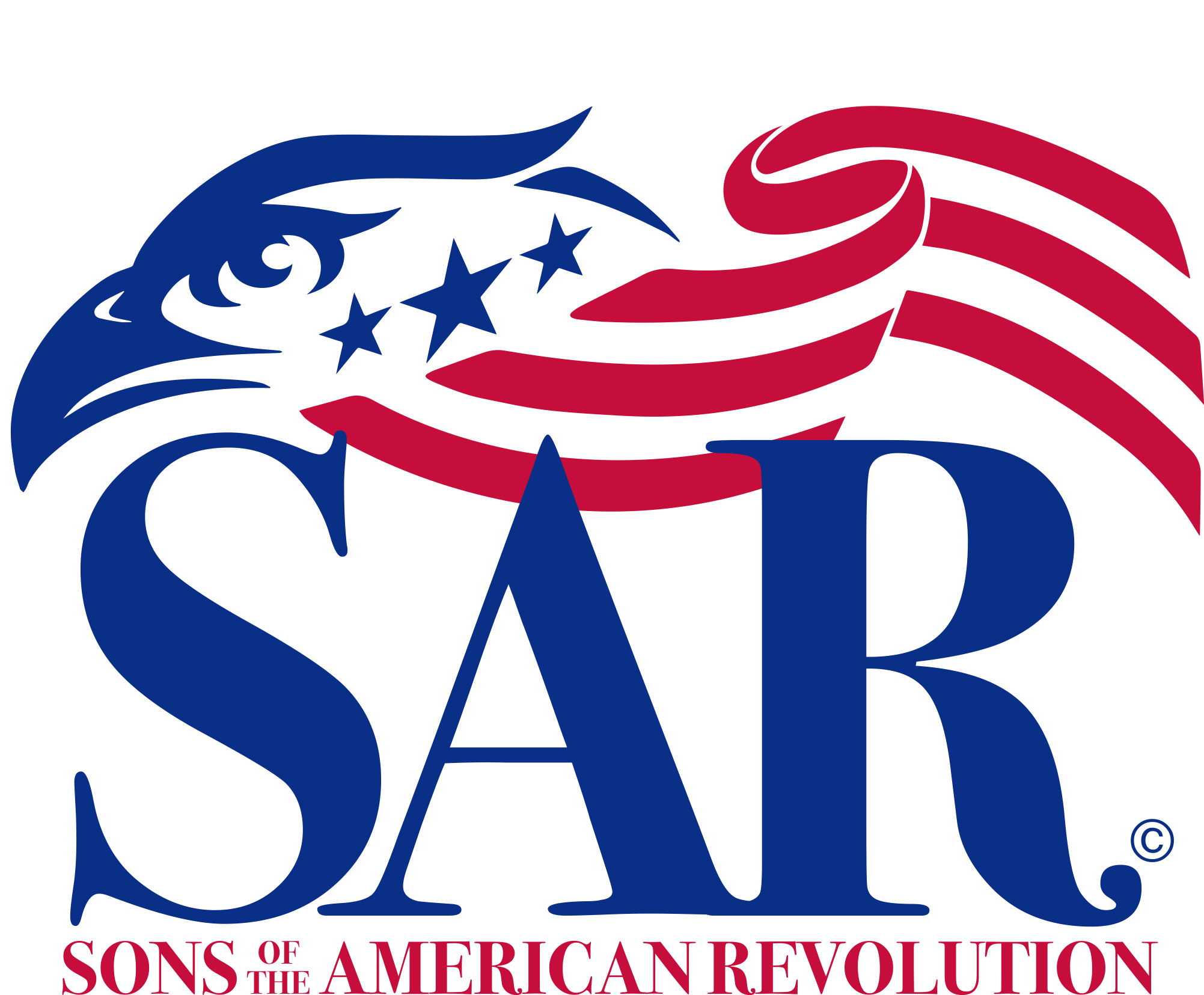photos is the Color Guard at Culpeper Sheriff's Office l. to r. Doug Schwetke, Bill Schwetke, Jim Bish, Mike Dennis, Charles Jameson, Brett Osborn, Paul Christensen, Ken Morris and Chip Daniel.
They began the day at a Massing of the Colors sponsored by the Culpeper Minutemen Chapter and Veterans of Foreign Wars Post 2524. The chapters combined with Fairfax Resolves, George Mason and Sgt Maj John Champe SAR Chapters as members of the Virginia Society State Color Guard. A commemoration was held to honor the 2,977 individuals who lost their lives during the attacks on the World Trade Center (WTC), the Pentagon and the plane that went down in western Pennsylvania before reaching its targeted destination. The ceremonies began at the Culpeper Fire Station to honor the victims of American Airlines flight 11 attacking floors 93-99 at WTC Building #1. Included in the ceremony were color guards from the Culpeper Fire Department, Culpeper Sheriff's Office, Culpeper Police Department and Culpeper Veterans of Foreign Wars Post 2524. The color guards were aligned and brought to Present Arms. A reading of the incident was conducted, a moment of silence and Taps played at 8:46 a.m. to honor those who lost their lives. The contingent then moved to the Culpeper Sheriff's Office for to commemorate American Airlines Flight #175 hitting floors 77-85 of WTC Building #2. After a reading of that event, Taps was played at 9:03. They then moved to Wine Veterans Park in Culpeper to commemorate the loss of United Airlines Flight #93 when passengers fought back against the hijackers and the plane went down near Stoney Creek Township in western Pennsylanvia. Again, a reading was followed by Taps played at 9:37. Color guards then went to the intersection of Main Street and Davis Street, Culpeper. A reading of the final event was conducted and Taps played at 10:03. This has become an annual event supported by the Culpeper Minutemen SAR Chapter, VFW Post 2524, Culpeper Fire Department, Culpeper Sheriff's Office and the Culpeper Police Department, along with the Sons of the American Revolution Chapters from surrounding areas. SAR guardsmen participating were Jim Bish (CMM), Sean Carrigan (CJW), Paul Christensen (CJW), Jim Cordes (FR), Dale Corey (CJWII), Mark Crain (CMM), Thomas "Chip" Daniel (CJW), Mike Dennis (CMM), Charles Jameson (CMM), Ken Morris (GM), Brett Osborn (CJW), Bill Schwetke (CMM), Doug Schwetke (CMM), Barry Schwoerer (SMJC), Mark Sink (SMJC) and Richard Tyler (CJW).

